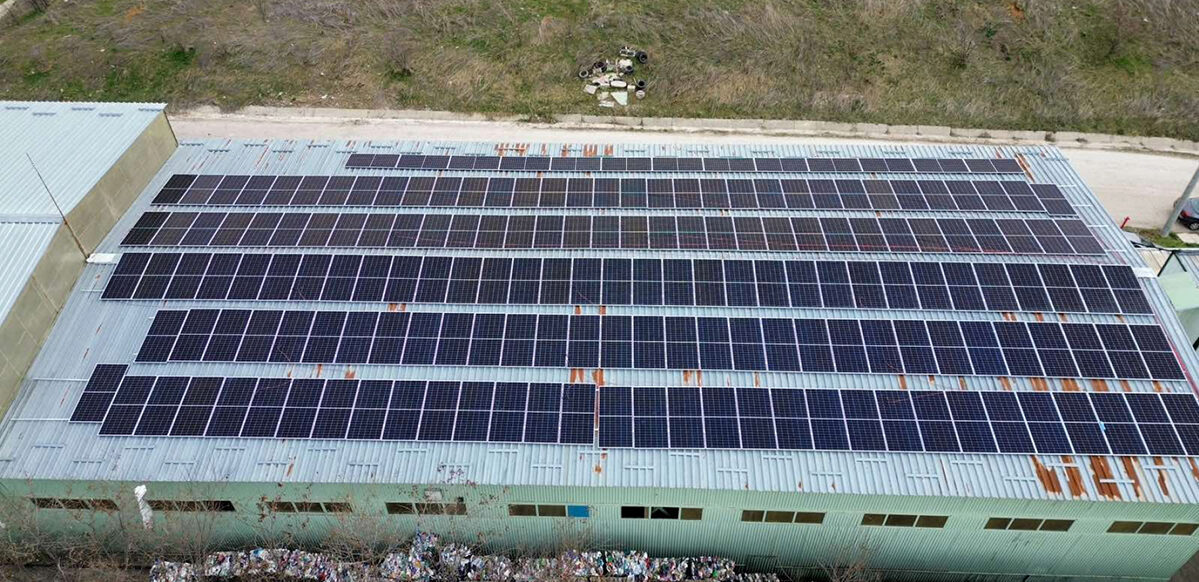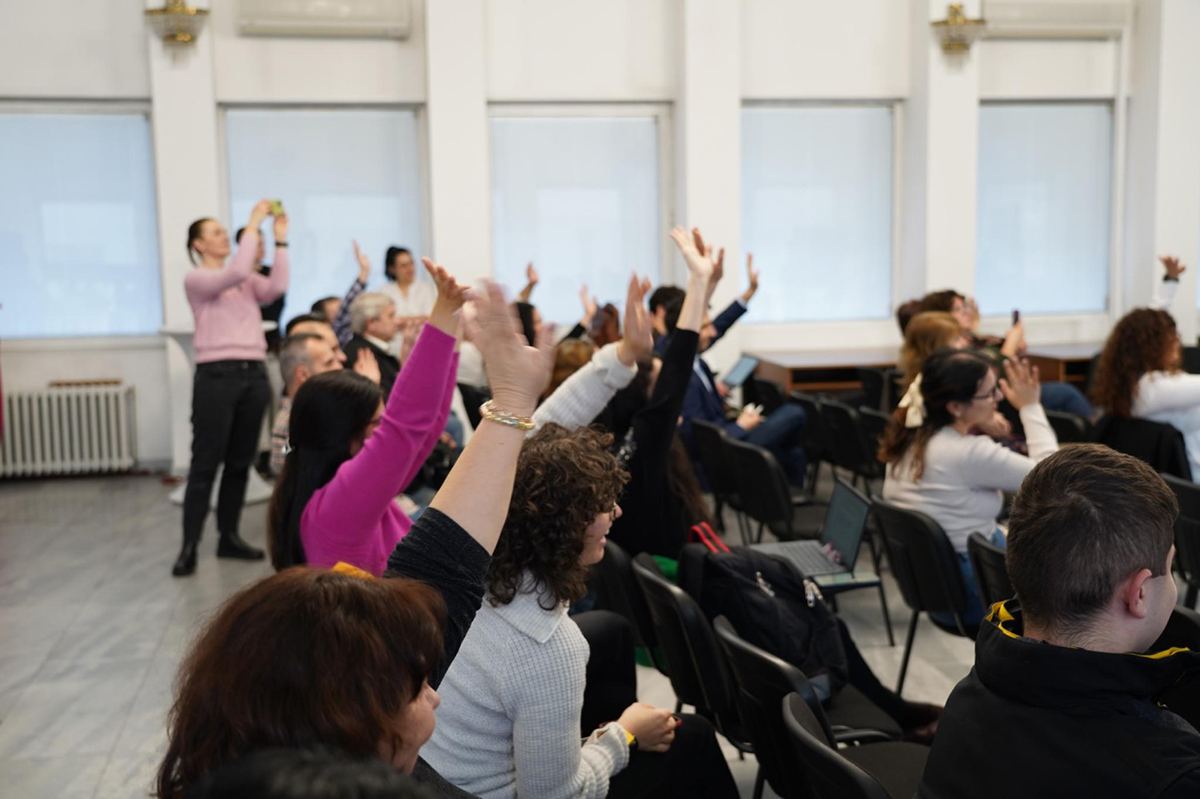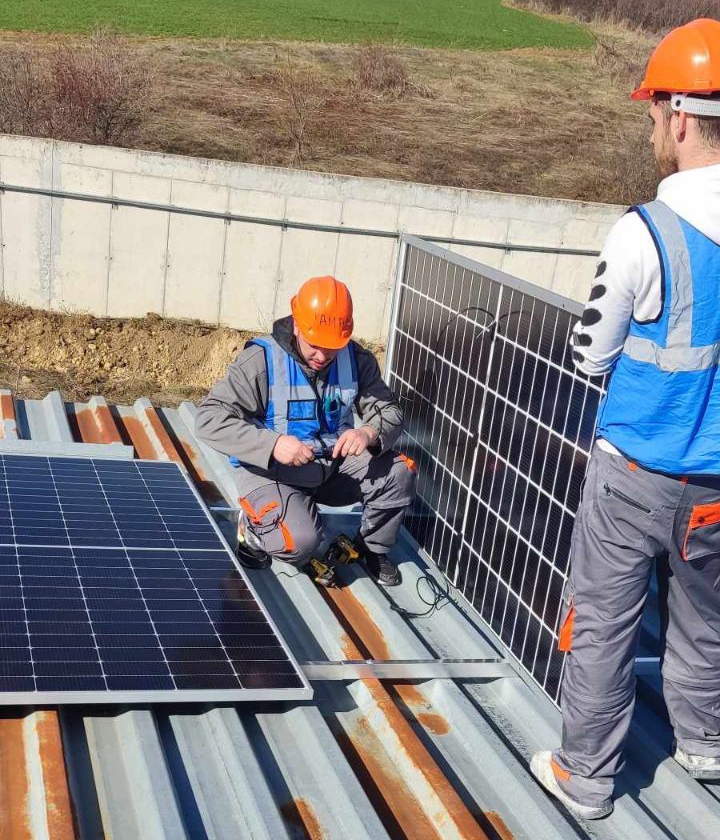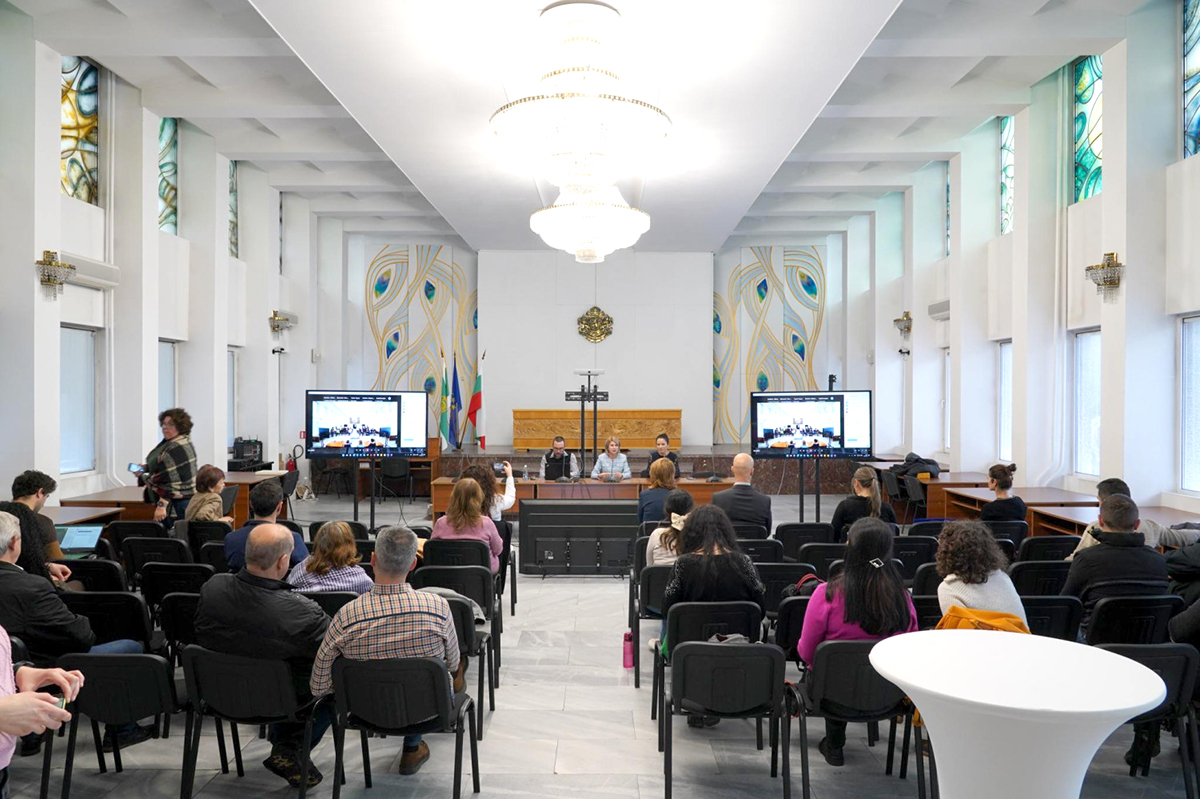Stories
September success story: A Bulgarian municipality embracing community energy
Community energy is key to action on the climate crisis. It can empower people, boost local economies, and reinvigorate communities. Community-led initiatives play an important role in the transition towards a 100% renewable and just energy future. Success stories of community energy projects can be found all over Europe. At REScoop.eu we want to highlight these stories to further accelerate the movement towards a cleaner and democratic system.
This month we travel to Bulgaria to explore the story of Gabrovo Energy Community, an inspiring example of collaboration between citizens and a municipality in a region where the community energy movement is still in its early stages.
The key role of the municipality
Citizens and municipalities can be close allies in creating energy communities and driving a fair energy transition. This is especially relevant in areas with little tradition of community energy, where emerging projects often face numerous challenges. Involving local governments in these initiatives assures stability and fosters trust in the project's early stages.
This was the case in Gabrovo, a Bulgarian city of about 50,000 residents, where the municipality played a key role in establishing one of the country’s first energy communities. The initiative was warmly received, and Gabrovo Energy Community completed the construction of its first solar power plant a few months ago.
The project began in autumn 2022, with the municipality launching a feasibility study, conducting a legal analysis, and exploring financial models for the community. Prior to this, the local authority had already participated in two summer schools on energy communities and applied to European funded projects to accelerate the process.

Todor Popov, a representative of Gabrovo municipality and the driving force behind the energy community, explains their motivation.
“The time has come to secure the energy we need in a sustainable and lasting way. No matter how much energy we save, there will always be a need for energy. Energy communities align with the Sustainable Development Goals and provide an opportunity for people to get involved in the green transition. This model provides benefits for all: members, the local community, and local authorities.”
A successful launch
In November last year, the energy community was officially established, opening membership to citizens, NGOs, and local SMEs. The municipality launched a fundraising call to raise BGN 180,000 (€92,000) through member contributions to finance the first photovoltaic installation. To guarantee the local character of the energy community, the campaign was conducted in two phases, with the first phase targeting local participants. A maximum investment limit of BGN 5,000 (€2,500) per member was also set.
The fundraising campaign was a huge success, with the energy community reaching its target three weeks ahead of schedule. Todor recalls the process as “the easiest and most enjoyable part of creating the energy community”.
“We expected to have to actively seek out different communication channels and persuade citizens. However, the communication channels—and citizens—came to us. Once word of the initiative spread, national media reached out, and the local community was more engaged than we had anticipated.”

A community-owned solar power plant
Today, the energy community has 73 members, including citizens from Gabrovo and other parts of Bulgaria, local businesses, NGOs, and the municipality. Some members are gradually becoming active, contributing to tasks, seeking new opportunities, and proposing ideas for its operations.
The energy community’s first project is a 100 kWp PV plant located on the site of a regional landfill for non-hazardous waste owned by the municipality. The installation was completed this summer and is already supplying energy to the building where it is built. However, the energy community is still waiting to connect it to the grid. Once connected, the remaining production will be used by other municipal buildings or sold to the network.
Todor acknowledges that the procedures with the electricity distribution company are “quite slow and lengthy”. He points out that the plant could have been operating at full capacity already months ago, but administrative delays have slowed progress. “I won’t hide the feeling that the distributing system operator is not in favour of initiatives like this; if they do not hinder, they are certainly not helping”, he adds.
In the future, the energy community plans to sell energy to its members. However, due to Bulgaria’s regulated household electricity prices, their electricity is currently more expensive for households than the regulated price. The regulated price will be phased out in 2026, and some citizens have already expressed interest in purchasing electricity from the energy community once that happens.

Navigating the legal and administrative context
Last year, the Bulgarian parliament passed an energy law that transposed the EU directives and introduced the concept of energy communities. While the new legislation has some limitations, it is a step forward and simplified the creation of the Gabrovo Energy Community. Prior to this, it was impossible to officially register an energy cooperative or energy community, as the concepts didn’t exist in the legal framework.
Todor is pleased that the law doesn’t overregulate, noting that “often, in our effort to regulate, we end up limiting actions and creating unnecessary obstacles.” However, he identifies two main flaws. The first is that it only targets solar production initiatives, overlooking the broader range of activities energy communities can carry out. The second is that it leaves the door open to corporate capture.

“We need an authority to certify or control whether a self-proclaimed energy community is a truly community energy initiative. If one day there are available support mechanisms, this differentiation needs to be clear. Otherwise, measures aimed at energy communities will be open to abuse, distorting the idea of community energy.”
A network of support
The transposition of EU legislation in Bulgaria was important for the development of the energy community, as was the help they received from various administrations and organisations.
Thanks to the European project TANDEMS, the municipality was able to develop its energy community concept. The LIFE Loop project, which supports the collaboration between cities and citizens to create energy communities, helped them refine and upgrade many elements of the initial concept. Moreover, through LIFE Loop, the municipality has developed their community energy roadmap, setting specific goals and commitments, which helped build trust from experts and citizens.
The municipality also received support from several local and national organisations. “We received technical assistance, but most importantly, moral encouragement - reassuring us that what we are doing is right and encouraging us to continue, even in moments of hesitation,” Todor notes.
Now that their first installation is in operation, they are ready to give back all the support they received, using their experience to assist other community energy initiatives in the region. This mission is again backed by a European project, POWER-E-COM, through which the municipality of Gabrovo will serve as a support office for other energy communities.